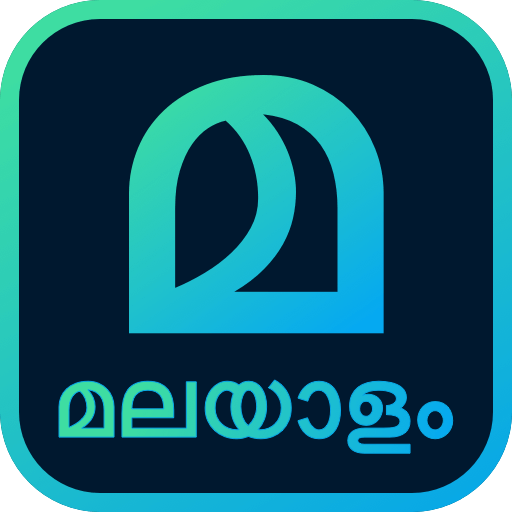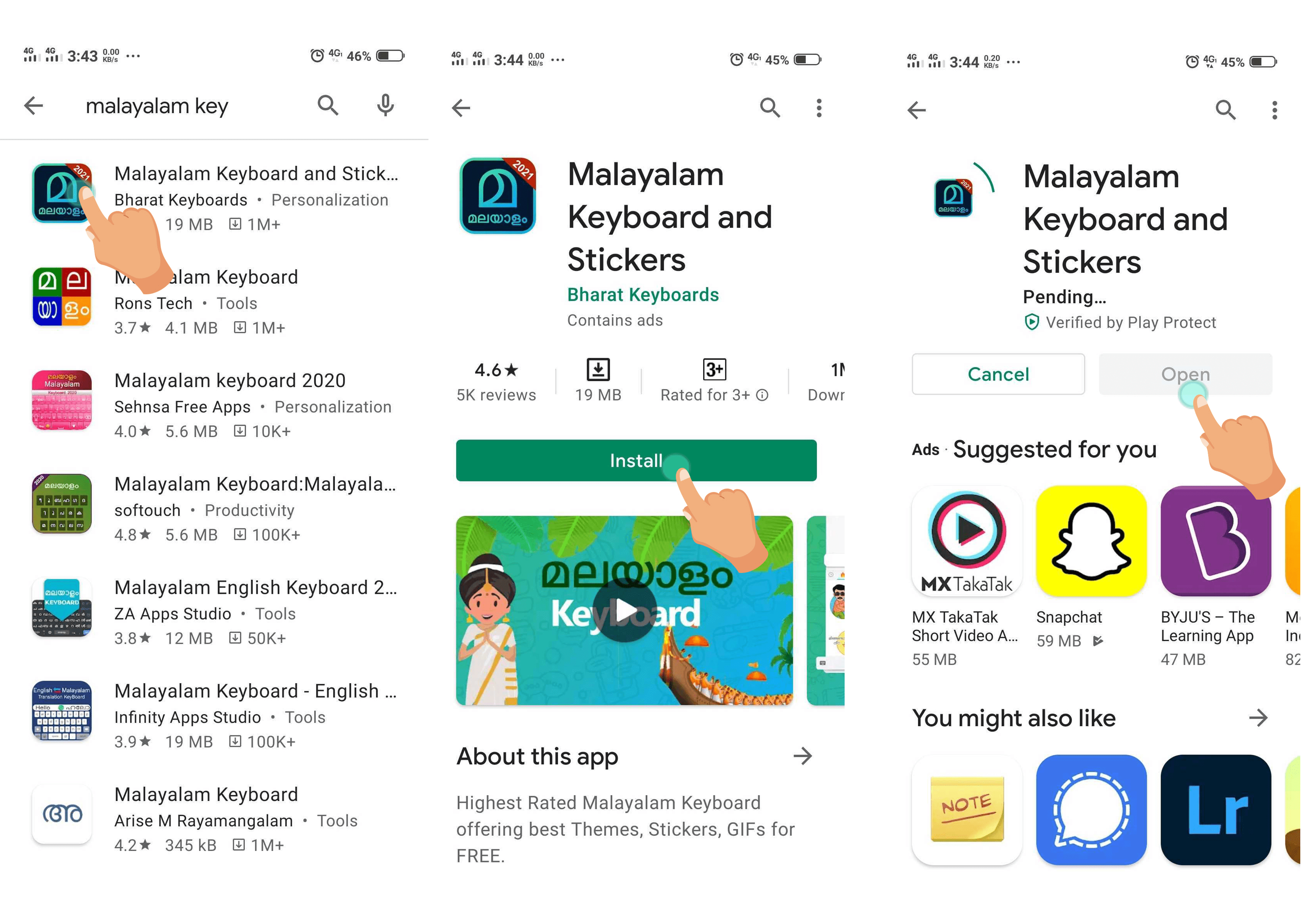
A Comprehensive Comparison Between The Standard iOS vs. Android Applications
When asked why they choose iOS over Android, users provide a variety of answers. Android lovers chose it for the price, customization, more inventive hardware. Apple was preferred for anonymity, long-term notifications, improved backups for annual improvements, and basic competency.
One for work and one for casual surfing, according to many users. While some people still customize their Android phones, a few readers said they’d grown bored of it and would rather Apple bring items to them on a safe, bland platter.
In today’s column, we’ll compare and contrast the most common iOS and Android applications. Primarily this article will explore if there are features about Apple’s applications that makes them simpler or easy to use on a regular basis?
We’ll go over the basics and compare a couple of the most common iOS and Android applications.
- Google Calendar and Apple Calendar
The aesthetics and information distribution in Apple’s Map are the most noticeable and immediately sets a different tone. Apple text and icons are smaller, making them less visible, but they also clutter the map less and provide more detail.
Google, on the other hand, makes the location icons bigger but more general, and until you zoom in very close, several architectures remain empty blocks. Apple’s maps do a better job at rendering houses, mall interiors, and locations to display the scale of areas and what you’re looking at when you walk or drive.
Aside from the aesthetics, Apple’s suggestions are heavily reliant on Yelp. Google, however, makes recommendations based on its own feedback and search engine and offers more detail including reviews and common menu items without directing you to a different app.
Overall, Apple Maps isn’t the finest map tool, but it’s no longer worth ignoring because of its flaws. Google Maps is still functional, but it lacks any exclusive features which can make it truly worthwhile to migrate to Android.
- Google photos and Apple photos
For instance, Google Photos’ cloud storage is clearly superior, with 15GB of free storage versus 5 GB for iCloud, which is shared with your software backups.
When it comes to making a joint family album, Google is light years ahead of Apple. Apple does have albums that can be shared. Meanwhile, Google has shared albums where anyone with a Google Account can add or edit images.
Apple’s photo editing is on par with Google’s, it’s the only one with a desktop version, and it does AI categorization surprisingly well for Google software.
Both Google Photos and Apple’s photo editors have filters, scope of cropping, and modifying software, some of which can be achieved automatically using AI suggestions. Apple and Google both adopts AI to automatically sort the images by detecting faces or text
. Google’s Live Galleries, on the other hand, make it much easier to share personal images of a person with another person. Whether iOS is best at handling photographs depends on whether you want to share your images with others on a daily basis or only add them to your personal album.
- Google Calendar and Apple Calendar
There are plenty of excellent Android and Apple calendar applications, but most users stick with Google and Apple’s complimentary calendar apps. The in-built alarm option in Apple’s Calendar app is a perfect way to know when it’s time to leave for a case.
Google enthusiasts would also find out that the introduction of Google Assistant makes registering and reviewing calendar invites a breeze. Whereas, Siri’s commands for the calendar are incredibly simple to use. On a Google Assistant speaker, you can only access Google Calendar events; but, if Google Calendar is the default on iOS, your iPhone-created events will appear there right away.
Users on both phones and Android will have the same calendar experience if they use Google, so upgrading operating systems isn’t necessary.
The verdict
Essentially, Google fills in where Apple’s applications fall short, delivering a suitable option, meaning that Apple’s customers are happy with their current situation. Yes, converting to Android would save you money on your device.
However, iPhones last longer due to regular upgrades and hence have a higher resale value if you wish to upgrade, even though Android flagship phones are increasingly moving in that direction.
There is one more reason to switch to android, especially for Indic keyboard users. Bharat’s keyboard has launched its series of regional typing keyboards exclusively for android. Here we are discussing the perks of the Malayalam typing keyboard and how it enables users to ease their typing problems by providing the fastest and smoothest typing experience.
This Manglish Keyboard software blends English and Malayalam in an unusual way to give you the best of both languages. You can quickly switch between English and Malayalam and get the best of both dialects by using easy entry. In a line, the keyboard retains the true quintessence and necessities of the Malayalam audience at the summit.
The fascinating feature is that you can type in English while clever calculations convert it to Malayalam through AI automation, giving you an even greater advantage.
The Manglish keyboard includes a package of funny stickers in which you can type phrases. So, if you don’t want to do it the traditional way, use stickers instead.

Furthermore, the Malayalam keyboard is not designed to register, store, or send any sensitive data. To enhance forecasts and your experience, the Keyboard’s cutting-edge technology gathers only anonymous info. Thus the Malayalam keyboard is fully safe to use.
You can get BigMoji’s text-based tips here, and use your own selfies or pictures of friends and family to build your own exclusive bobblehead caricature. Begin communicating with others by typing in Malayalam and collecting stickers and gifs.